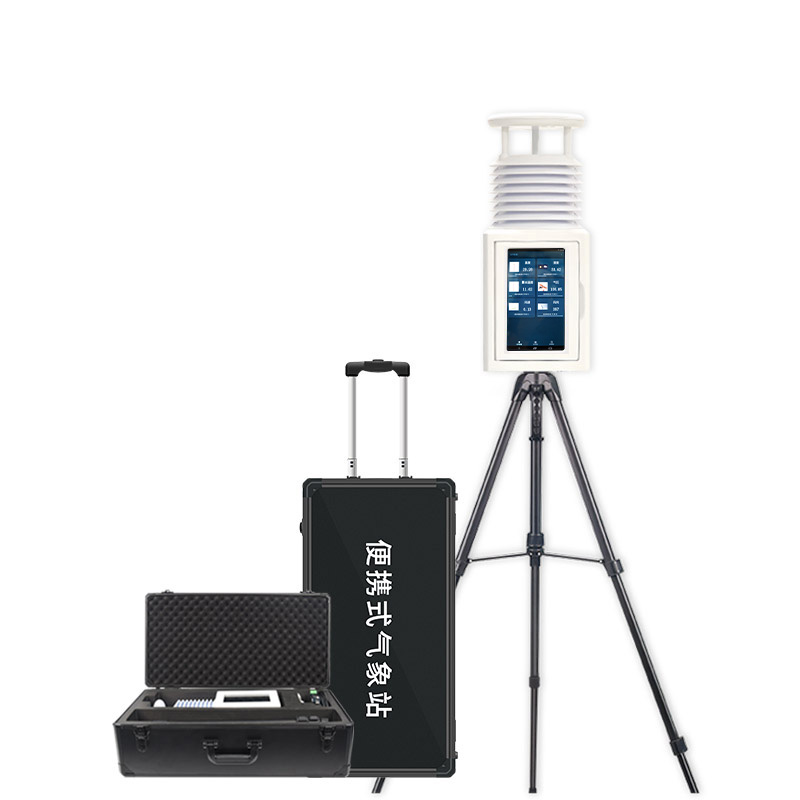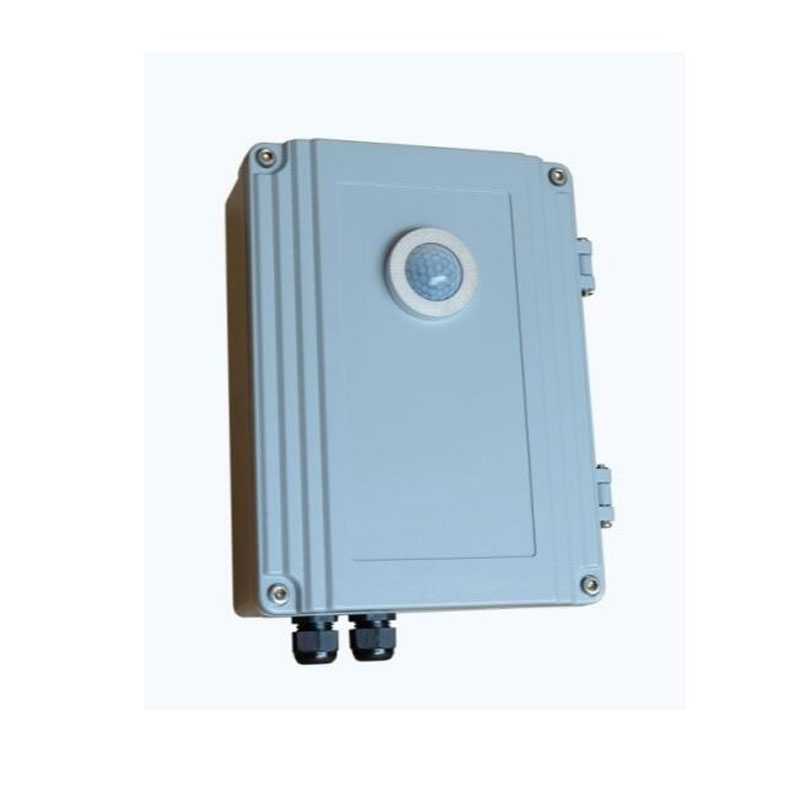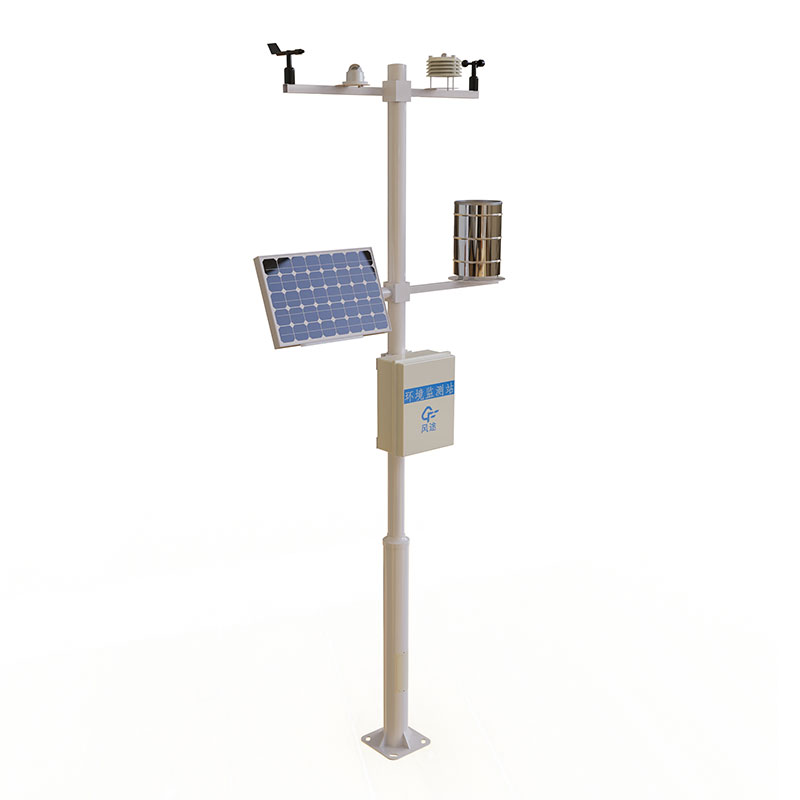Product
Recommended article
- How Forestry Weather Stations Bolster Forest Fire Prevention Efforts
- Discover the Power of Negative Oxygen Ion Monitoring System for Cleaner Air
- Comparative Analysis of Ultrasonic and Automatic Weather Stations in Meteorological Monitoring
- Breaking Through the ‘Last Meter’ with Online Dust Monitoring System
- Mastering Road Conditions with Road Weather Station
- Inhalable Dust Continuous Tester: A Portable Solution for Dust Concentration Monitoring
Contact us
Shandong Fengtu IOT Technology Co., Ltd
Sales Manager:Ms. Emily Wang
Cel,Whatsapp,Wechat:+86 15898932201
Email:info@fengtutec.com
Add:No. 155 Optoelectronic Industry Accelerator, Gaoxin District, Weifang, Shandong, China
Introduction to the Integrated Forest and Grassland Fire Risk Factor Monitoring Station
Article source:Weather station time:2024-02-06 10:21:35 viewed:45times
Forests are the "lungs of the earth", consuming carbon dioxide and releasing oxygen. Autumns and winters are dry and prone to fires, which are difficult to control. Fires destroy forests, harm animals, pollute the environment and upset the ecological balance. Therefore, it is crucial to prevent forest fires and we need to take measures to protect forest resources.
Setting up fire risk factor monitoring stations in forests enables real-time monitoring of changes in key factors such as the meteorological environment, temperature environment and soil moisture content. Once abnormalities are detected, these monitoring stations are equipped with sound and light alarms that will immediately sound an alarm, alerting people to the fire danger in a timely manner. This early warning mechanism is of great significance in preventing forest fires and protecting forest resources. Through these monitoring stations, we can better understand the changes in the forest environment and take timely measures to cope with potential fire risks, thus effectively reducing the possibility of fire.
The Integrated Forest and Grassland Fire Risk Factor Monitoring Station enables the Forest Fire Prevention Command Centre to observe the conditions of the forest area in real time, so as to detect the source of fire and take effective measures to prevent fire in time. Once a fire breaks out, the system can immediately transmit images of the scene back to the command centre, providing strong support for remote dispatch and command and helping to minimise fire losses. In addition, the system can also record the occurrence, development and end of the whole process of the fire, for the prevention and management of fire to provide real and complete historical information, for the subsequent fire prevention work to provide an important reference basis. Forests are the "lungs of the earth", consuming carbon dioxide and releasing oxygen. Autumn and winter are dry and prone to fires, which are difficult to control. Fires destroy forests, harm animals, pollute the environment and upset the ecological balance. Therefore, it is crucial to prevent forest fires and we need to take measures to protect forest resources.
Setting up fire risk factor monitoring stations in forests enables real-time monitoring of changes in key factors such as the meteorological environment, temperature environment and soil moisture content. Once abnormalities are detected, these monitoring stations are equipped with sound and light alarms that will immediately sound an alarm, alerting people to the fire danger in a timely manner. This early warning mechanism is of great significance in preventing forest fires and protecting forest resources. Through these monitoring stations, we can better understand the changes in the forest environment and take timely measures to cope with potential fire risks, thus effectively reducing the possibility of fire.
The Integrated Forest and Grassland Fire Risk Factor Monitoring Station enables the Forest Fire Prevention Command Centre to observe the conditions of the forest area in real time, so as to detect the source of fire and take effective measures to prevent fire in time. Once a fire breaks out, the system can immediately transmit images of the scene back to the command centre, providing strong support for remote dispatch and command and helping to minimise fire losses. In addition, the system is able to record the whole process of fire occurrence, development and ending, providing real and complete historical information for fire prevention and management, and providing important reference basis for subsequent fire prevention work.

This paper addresses:https://www.yf182.com/company/129.html
Related products
Related article
-
Photovoltaic weather stations optimize power generation efficiency
2024-08-09 -
Fengtu's Negative Oxygen Ion Monitoring Systems: Empowering Environmental Monitoring and Decision-Making
2024-10-23 -
What do weather station monitoring systems bring to agriculture?
2024-02-23 -
Principle of field mini weather station
2024-04-09 -
Dust monitoring system improves supervision
2024-06-12 -
Functions of the Integrated Cloud Gauge application
2024-03-21 -
From Parks to Multiple Fields: Fengtu's Environmental Monitoring Stations at Work
2024-10-17 -
IoT weather stations help smarten up agriculture
2024-02-27










